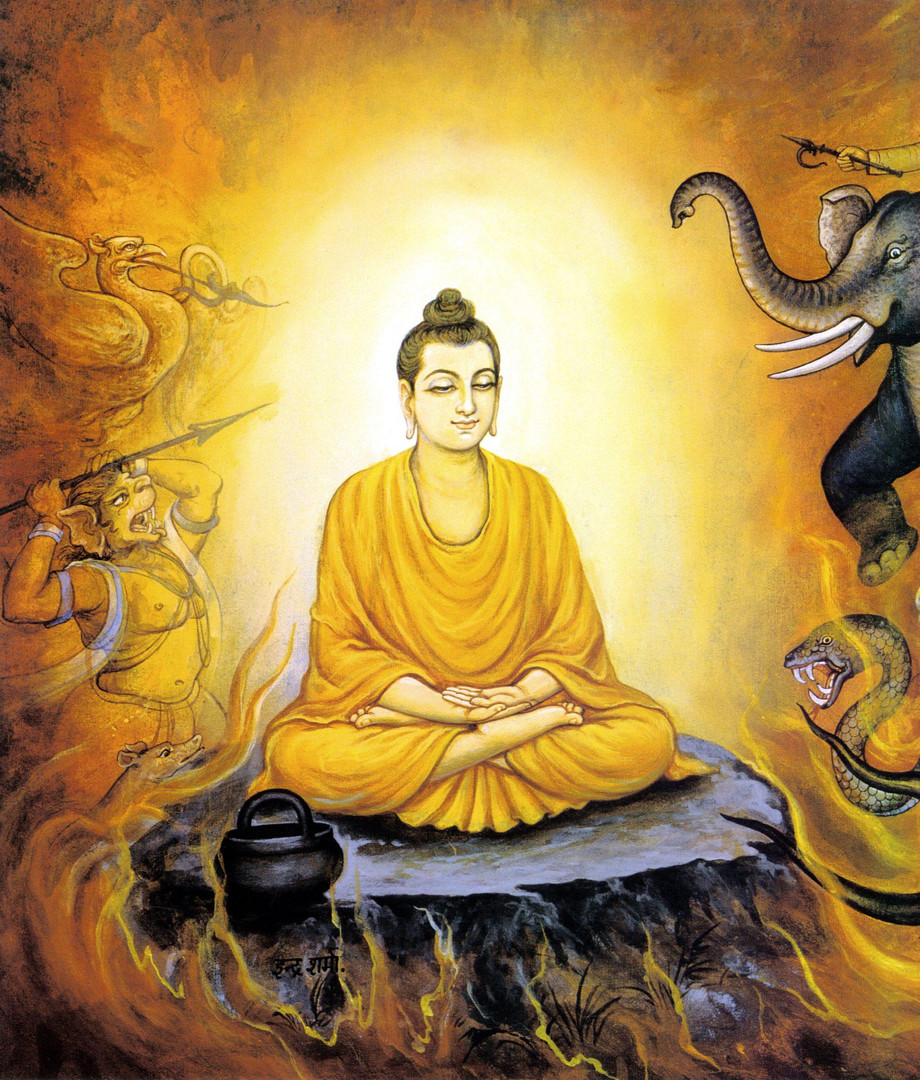Story of Sugata Buddha: 9th Avatar of Lord Vishnu
The tale of Sugata Buddha, the 9th avatar of Lord Vishnu is a captivating narrative deeply rooted in Indian mythology. However, it’s worth noting that there is some ambiguity within Hindu myths regarding whether Gautam Buddha or Balarama, the elder brother of Krishna, is the true 9th avatar of Lord Vishnu. Despite these differing accounts, a unique story emerges that supports Sugata Buddha as the rightful 9th avatar.
According to Indian mythology within the framework of Sanatan Dharma, there exist two Buddhas:
1. Sugata Buddha
2. Gautama Buddha
Sugata Buddha, believed to be the 9th incarnation of Lord Vishnu, was born in Bodh Gaya or Kikata. He was the son of Anjana. In contrast, Gautama Buddha’s birthplace was Lumbini, and his mother was Maya. This distinction is crucial in understanding the narrative surrounding Sugata Buddha.
The Birth Story of Sugata Buddha is intricately tied to the cosmic battle against the formidable demons known as Tripurasura. These demons, Tarakaksha, Vidyunmali, and Kamalaksha, were the sons of Tarakasura. Their origin is traced back to a curse placed upon Indra, the King of Heaven, by the sage Brahspati, resulting in their ascent to power.
Indra’s arrogance led to his downfall, and he was compelled to seek refuge under Lord Shiva when faced with the onslaught of the demon brothers. Lord Shiva, in an extraordinary turn of events, stripped Indra of his power and kingship.
Tarakasura, sensing Indra’s vulnerability, ordered his sons to attack Heaven. The Devas, under the protection of Rishi Dhadichi, beseeched Lord Shiva for assistance. Shiva, who sought to teach Indra a valuable lesson, temporarily assumed the role of Heaven’s ruler.
Tarakasura’s ambitions extended to Earth, where he compelled its inhabitants to perform Yagnas (sacrificial rituals) in his name and that of his sons. This shift in religious practices ushered in an era of positivity for the Asuras, causing a dilemma for the Devas.
The benevolent Devas, witnessing the Asuras’ newfound strength, sought divine intervention. Lord Vishnu devised a plan to transform the once-virtuous Asuras into malevolent entities. He took on the avatar of Sugata Buddha and employed his extraordinary charm, youthfulness, and meditative presence to captivate the wives of Tripurasura.
The wives, initially devout and performing Pativrata Dharma, were ensnared by the enchanting allure of Sugata Buddha. Their wavering devotion weakened the demon brothers, paving the way for their eventual defeat by Lord Shiva. However, it’s important to note that the demon brothers had received a boon from Lord Brahma, making them nearly invulnerable.
To overcome this obstacle, Lord Vishnu, in the form of Sugata Buddha, played a pivotal role in distracting the demon’s wives, which ultimately led to the defeat of Tripurasura. The cosmic battle concluded with the alignment of the three planets created by the demons, enabling Lord Shiva to vanquish them.
This significant victory restored peace and righteousness to the world, commemorated as Tripurari Purnima. The story of Sugata Buddha underscores the intricate interplay of divine beings in Hindu mythology and their collective efforts to maintain cosmic balance.
In the intriguing narrative of Sugata Buddha, the 9th avatar of Lord Vishnu, we find a captivating story filled with divine intervention and cosmic battles. Despite differing accounts in Hindu myths, Sugata Buddha’s role in defeating the formidable demons, Tripurasura, stands as a unique and inspiring tale of restoring cosmic balance. To explore this rich mythology further, you can visit the website Vedic Story for more insights and teachings.


Comments
Post a Comment